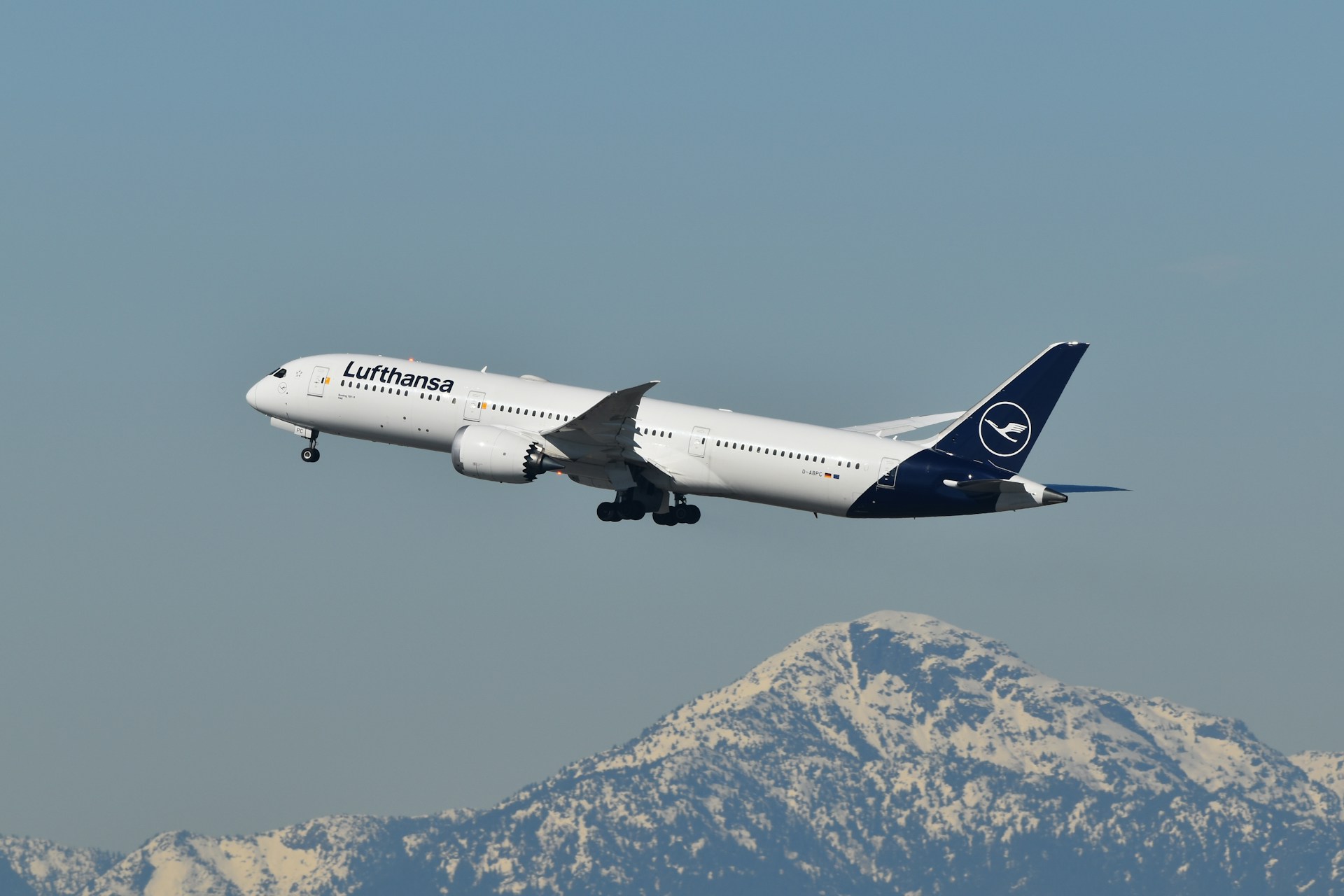Icelandair Scales Back U.S. Operations in Strategic Route Realignment
Key Takeaways
- Icelandair has discontinued service to 10 U.S. airports, completing its full withdrawal from Detroit Metropolitan Wayne County Airport.
- The route eliminations reflect a broader industry trend toward network consolidation and profitability optimization in transatlantic operations.
- Detroit’s exit ends Icelandair’s Midwest connectivity, forcing travelers to connect through remaining U.S. hubs.
- The cuts align with post-pandemic demand shifts and the airline’s renewed focus on Reykjavik as a central hub.
- U.S. passengers now have fewer direct Icelandair options, likely impacting market share in secondary American cities.
- The restructuring highlights Icelandair’s pivot toward high-yield routes and more efficient fleet deployment.
Icelandair’s U.S. Network Tightens After Major Retrenchment
In a decisive move to sharpen its transatlantic strategy, Icelandair has withdrawn service from 10 U.S. airports, finalizing its exit from Detroit Metropolitan Wayne County Airport. The move marks a significant contraction of the carrier’s American network and underscores its shift toward a leaner, more profitable operating model.
The restructuring follows months of network evaluation as the Reykjavik-based airline recalibrates its route portfolio to align with post-pandemic travel realities. Icelandair’s decision reflects the broader industry trend among European carriers to prioritize profitability and operational efficiency over extensive geographic reach.
Strategic Focus on Core Hubs
Icelandair’s business model historically centered on Reykjavik’s role as a mid-Atlantic bridge connecting North America and Europe. However, maintaining broad U.S. coverage across secondary markets proved increasingly costly amid volatile demand and heightened competition.
By discontinuing service to Detroit and nine other U.S. airports, the airline is consolidating operations around higher-yield gateways such as New York, Boston, and Seattle—markets with stable demand and strong connectivity potential.
Industry observers note that this hub concentration strategy mirrors a growing pattern among global carriers: focusing resources on fewer, more profitable corridors rather than sustaining underperforming routes that dilute margins.
Market Impact and Passenger Options
The route cuts leave many American travelers, particularly in the Midwest, with fewer direct options for flying to Iceland or Europe via Icelandair’s network. Detroit’s removal is especially notable, given its large Scandinavian-American population and its role as a historical access point for Nordic travel.
Passengers from these discontinued markets will now need to connect through other Icelandair gateways or choose competing transatlantic carriers offering nonstop service to Europe. U.S. airlines such as Delta, United, and American, along with European competitors like Lufthansa and SAS, could benefit from Icelandair’s retreat by absorbing displaced passengers.
Efficiency and Profitability Over Market Coverage
Icelandair’s restructuring reflects a post-pandemic shift toward capacity discipline and data-driven route selection. The airline, like many of its European peers, has embraced a strategy of “smart growth,” favoring high-demand routes with strong yield performance over broad coverage.
This optimization effort includes deploying fuel-efficient aircraft and fine-tuning schedules to maximize aircraft utilization. The carrier’s current network strategy is designed to enhance long-term profitability while maintaining competitive fares and reliable service on key routes.
Future Implications for Transatlantic Competition
Icelandair’s network contraction could reshape competitive dynamics on select U.S.–Europe routes. While the airline strengthens operations on major corridors, its absence from smaller U.S. markets opens opportunities for emerging low-cost transatlantic players such as Norse Atlantic Airways and PLAY Airlines to capture market share.
At the same time, Icelandair’s refocused network may allow it to increase frequencies, improve schedule reliability, and enhance product offerings on core routes—a move likely to attract premium and connecting passengers through Reykjavik.
FAQs
Why did Icelandair withdraw from Detroit and other U.S. airports?
The airline’s decision was driven by profitability analysis and shifting travel demand. Icelandair is now concentrating resources on core U.S. markets that generate higher load factors and stronger yields.
How many U.S. cities does Icelandair still serve?
While the airline cut 10 destinations, it continues to operate from major U.S. gateways, including New York (JFK), Boston, Seattle, Washington D.C., and Chicago—cities that align with its Reykjavik hub strategy.
Will Icelandair restore service to any discontinued routes?
Route reinstatement appears unlikely in the near term. Airlines rarely resume long-haul routes unless market conditions drastically improve or demand surges in specific regions.
How does this move affect U.S. travelers heading to Iceland or Europe?
Passengers from affected cities must now connect through other hubs, which may increase travel time and cost. Competing carriers could benefit by offering more direct or convenient transatlantic options.
What does this say about broader airline trends?
Icelandair’s retreat reflects a global trend toward network rationalization—reducing complexity, increasing efficiency, and focusing on the most profitable routes post-pandemic.
✈️ Bottom Line:
Icelandair’s strategic retrenchment marks a turning point in its transatlantic operations. By scaling back its U.S. footprint and focusing on high-performing hubs, the airline aims to secure sustainable profitability and operational stability in an increasingly competitive global market.
.zip%20-%201.PNG)



